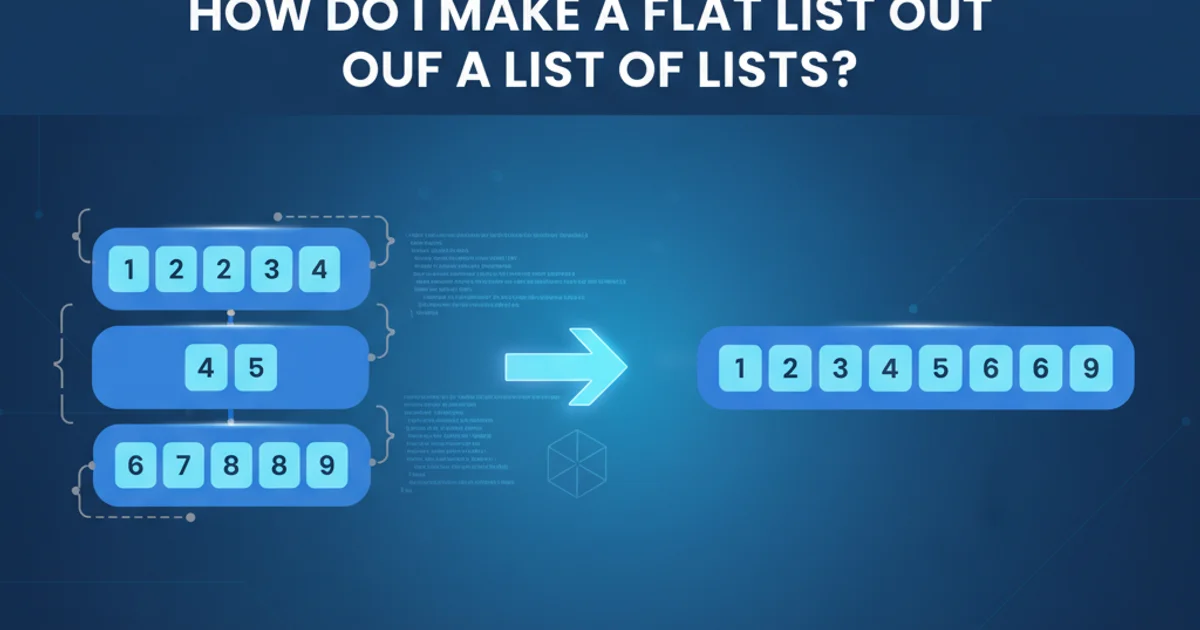Connection pooling in java using c3p0
Categories:
Efficient Database Access: Mastering Connection Pooling with c3p0 in Java

Explore the fundamentals of connection pooling and learn how to implement and configure c3p0 for robust and performant database interactions in Java applications.
Database connection pooling is a critical technique for optimizing the performance and scalability of applications that interact with relational databases. Without pooling, every database operation would require opening a new connection, performing the operation, and then closing the connection. This process is resource-intensive and introduces significant overhead, especially in high-traffic applications. Connection pooling addresses this by maintaining a cache of open database connections that can be reused by multiple clients.
Understanding Connection Pooling
At its core, connection pooling involves creating a set of database connections at application startup and then managing their lifecycle. When an application needs a connection, it requests one from the pool. If an idle connection is available, it's immediately handed over. Once the application is done with the connection, it's returned to the pool, ready for reuse. This eliminates the overhead of establishing and tearing down connections for each request, leading to substantial performance gains and reduced resource consumption on both the application and database servers.
flowchart TD
A[Application Startup] --> B{Initialize Connection Pool}
B --> C[Pool of Connections (Idle)]
subgraph Application Request
D[Request Connection] --> E{Is Connection Available?}
E -- Yes --> F[Get Connection from Pool]
E -- No --> G[Wait or Create New Connection (if pool not full)]
F --> H[Use Connection]
G --> H
H --> I[Return Connection to Pool]
end
C -- Connection Available --> F
I --> CBasic workflow of a database connection pool.
Introducing c3p0: A Robust Connection Pool
c3p0 is a powerful and widely used open-source JDBC connection pool that provides robust features for managing database connections. It's known for its reliability, extensive configuration options, and ability to handle various database scenarios. c3p0 offers features like connection testing, automatic connection recovery, statement caching, and configurable pool sizes, making it an excellent choice for enterprise-grade applications.
Implementing c3p0 in Your Java Application
To integrate c3p0 into your Java application, you'll typically add its dependency to your project's build file (e.g., Maven or Gradle) and then configure the ComboPooledDataSource class. This class is the central component of c3p0, providing a DataSource implementation that manages the connection pool. You can configure it programmatically or via a properties file.
<dependency>
<groupId>com.mchange</groupId>
<artifactId>c3p0</artifactId>
<version>0.9.5.5</version>
</dependency>
import com.mchange.v2.c3p0.ComboPooledDataSource;
import java.sql.Connection;
import java.sql.SQLException;
public class C3P0DataSource {
private static ComboPooledDataSource cpds = new ComboPooledDataSource();
static {
try {
cpds.setDriverClass("com.mysql.cj.jdbc.Driver"); //loads the jdbc driver
cpds.setJdbcUrl("jdbc:mysql://localhost:3306/mydatabase");
cpds.setUser("dbuser");
cpds.setPassword("dbpassword");
// Optional: c3p0-specific configuration
cpds.setMinPoolSize(5);
cpds.setAcquireIncrement(5);
cpds.setMaxPoolSize(20);
cpds.setMaxStatements(100);
cpds.setIdleConnectionTestPeriod(60); // Test idle connections every 60 seconds
cpds.setPreferredTestQuery("SELECT 1"); // Query to test connections
} catch (Exception e) {
e.printStackTrace();
}
}
public static Connection getConnection() throws SQLException {
return cpds.getConnection();
}
public static void closeDataSource() {
if (cpds != null) {
cpds.close();
}
}
public static void main(String[] args) {
Connection conn = null;
try {
conn = C3P0DataSource.getConnection();
System.out.println("Connection obtained successfully: " + conn);
// Perform database operations here
} catch (SQLException e) {
e.printStackTrace();
} finally {
if (conn != null) {
try {
conn.close(); // Returns connection to the pool
} catch (SQLException e) {
e.printStackTrace();
}
}
// C3P0DataSource.closeDataSource(); // Call this on application shutdown
}
}
}
Connection object in a finally block. For pooled connections, connection.close() does not physically close the connection but returns it to the pool, making it available for reuse.Key c3p0 Configuration Properties
c3p0 offers a wide array of configuration properties to fine-tune its behavior. Understanding these properties is crucial for optimizing your connection pool for specific application requirements and database loads. Here are some of the most commonly used ones:
minPoolSize: The minimum number of connections that c3p0 will maintain in the pool.maxPoolSize: The maximum number of connections that c3p0 will allow in the pool.acquireIncrement: How many new connections c3p0 will try to acquire at a time when the pool is exhausted.maxStatements: The number of PreparedStatements c3p0 will cache per connection.idleConnectionTestPeriod: The number of seconds that a connection can remain idle in the pool before being tested for validity.preferredTestQuery: A SQL query that c3p0 will use to test connections. A simple query likeSELECT 1is often sufficient.acquireRetryAttempts: The number of times c3p0 will try to acquire a new connection from the database before giving up.breakAfterAcquireFailure: If true, c3p0 will throw an exception afteracquireRetryAttemptsfailures. If false, it will continue to retry indefinitely.
minPoolSize, maxPoolSize, and acquireIncrement is essential. Too small a pool can lead to connection starvation, while too large a pool can consume excessive database resources.